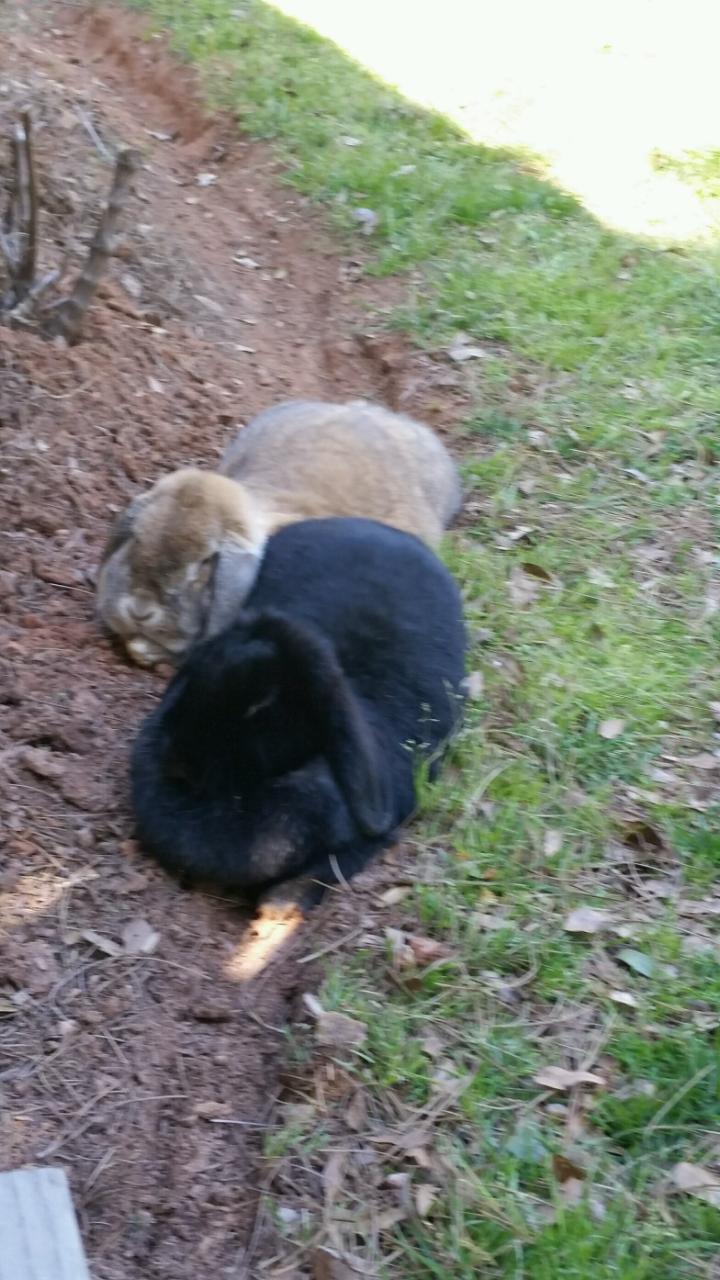If you have used the term “ditch digging” to mean unskilled labor,
my guess is that you have never dug a ditch.
It is an art that has taken me years of mistakes to improve. Notice I did not say “master.”
After seeing these photos, I spotted several glitches in my ditches which must be corrected.

There are so many factors involved in a good ditch.

The soil, the slope, the curves, the height and the amount of water.
I start with my small shovel an then fine tune with my long handled trowel.
(If you do not have one of these, stop reading and go get one now.)
It gives you torque that you never get with a standard- handled trowel.
Removed weeds go in a bucket after knocking off the dirt and worms back into the bed.
Next, comes removing all loose dirt by hand. Roots are cut out with clippers.
A quick spray with a hose turns our good old Carolina red clay into a sun-baked brick wall.

Turns need to be dug deep on the outside, like a meandering river.

All trench ends need a deep basin filled with stone to stop the water and hold it.
River rock turns lovely colors when wet.
The fairy garden required a moat due to constant flooding.

(Nobody wants to mess with a flooded out fairy.)
There is one last requirement, the ditches must be perfectly bunny-sized.
Not too deep, not too wide.
I had trouble getting my work done because they kept lying in them.
Lastly, about the photo of my tool ensemble, notice the snow disk?

This is what I sit on as I scoot around in the yard.
Sorry. You can’t get one of these now.
But next winter, remember ‘The Art of Ditch Digging’ while you are shoveling snow.
FLOW



